Choosing the right sportswear fabric is a holistic task, as it places you in a position to provide your end users with what they really need in active wear. They get to enjoy their favorite activities, but even better with the right outfits that are a combination of style and comfortability.
As an activewear distributor, choosing the right workout clothes materials for your products is important hence this article. Whether you’re new to the industry or not, this will provide you with all the information you need to make an informed decision for your brand and ultimately your clients.

Factors to Consider When Choosing the Best Fabric for Sportswear
Choosing your activewear fabric (Learn: Activewear Fabric Choosing Guide) is where your journey to producing the perfect activewear starts. To do this effectively, there are a number of factors to consider when choosing these fabrics.
Sweat-Wicking Property
Fabrics with sweat-wicking properties will appeal to end users who undergo strenuous exercises that lead to sweating profusely. With this property enabling the fabric to remove sweat from the body surface to the fabric, this makes it an excellent choice for a wide range of users.
The sweat-wicking property is crucial for activewear fabric as it helps draw moisture away from the skin, keeping the wearer dry and comfortable during physical activities.
Quick-Drying Property
Opting for materials like nylon to be added to your cotton sportswear (learn: Cotton vs Polyester: Which One to Choose for Sportswear) fabric is a step in the right direction when considering factors that go beyond looks. Such fabrics enable customers to avoid the lingering effects of perspiration during workouts, as they rapidly dry off. This feature enhances customer satisfaction by ensuring a more comfortable and convenient experience.
By incorporating quick-drying fabrics into their sportswear products, businesses can provide an attractive selling point, attracting customers who value convenience and efficiency in their athletic apparel.
High Elasticity
Stretching in both comfortable and uncomfortable situations is an active part of the exercise, and workout clothes materials should be able to withstand the level of stretch it comes with. This high elasticity factor is important, as it helps ensure ease of flexibility when required.
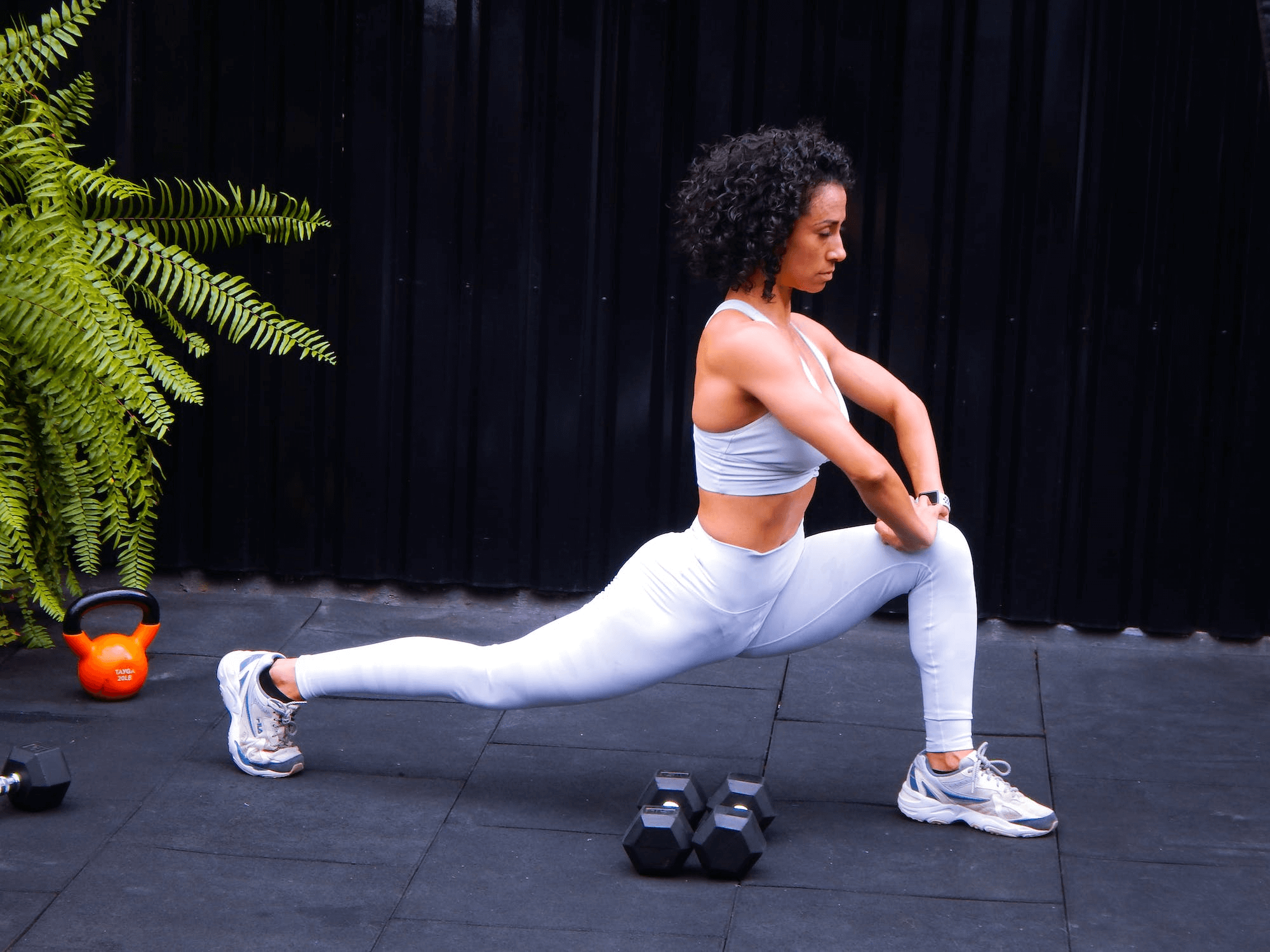
Breathability
Breathability is a critical factor for businesses to consider when selecting the best fabric for sportswear. By choosing highly breathable fabrics, businesses can offer their customers activewear that provides optimal airflow and moisture-wicking properties.
By prioritizing breathability in their fabric selection, businesses can provide high-quality activewear that satisfies the needs and preferences of their customers, ultimately enhancing their commercial interests.
Durability
Choosing workout clothes fabric can get tricky when it comes to durability, however when done right it makes you stand out as a brand. Finding a balance between lightweight, and breathability, while still maintaining durability takes skill.
Working with a reliable manufacturer will help you achieve this, as durability is a factor you must consider in choosing athletic wear fabric.
Commonly-Used Sportswear Fabric – Polyester
With numerous sportswear fabrics available, choosing the right materials or combination of materials is easier each day. When it comes to commonly-used fabrics, polyester is a common household name that is known for most of its outstanding qualities. These properties include;
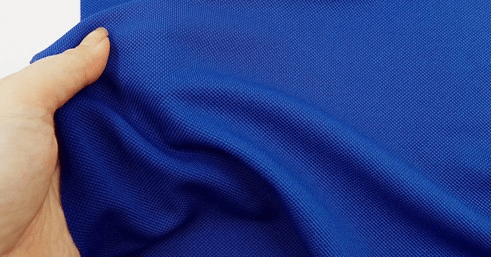
Benefits
❖ Moisture-Wicking
Polyester fabrics are hydrophobic in nature, which helps them to expel moisture from the body surface to the fabric surface. This approach ensures the ability to stay dry at all times, making it an excellent choice for athletic wear. This way, these end users can always remain fresh and dry at all times.
❖ Easy-Stretch and Quick-Recovery
This is also an important factor, as it guarantees fit and comfort. With the right processing during manufacturing, polyester fabrics will provide you with all the stretch you need.
❖ Wrinkles-Resistant
Reacting favorably with moisture as well means it doesn’t crease even under humidity and is ready to wear anytime. This is an important benefit as little time and energy is spent on maintenance.

Limitations
❖ Less Breathable
While the numerous benefits available with polyester fabrics can not be denied, it is also important to state that limited breathability is one of its limitations.
Polyester materials alone without any combination are not the most breathable material especially when compared to other materials. However, this can be easily remedied by ensuring the right combination with other materials.
❖ Odor-Causing
While polyester can be made to have sweat-wicking properties, not all polyester is made that way. Those that aren’t made with sweat-wicking properties tend to absorb moisture which may lead to odor causing when not exposed to sunlight.
Working with experienced manufacturers can help you solve this problem as a brand owner.
Suitable Occasions
❖ Running
If running is part of the activities your end users are interested in, then you have no trouble investing in polyester fabrics. They are stretchy, and hence can allow for swift movements which are associated with running activities.
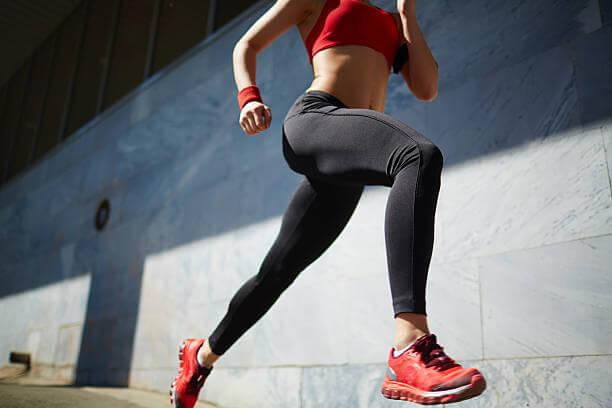
❖ Cycling
The breathability of polyester material is one outstanding feature that makes it a perfect fit for a pretty rigorous exercise such as cycling. Throwing in its sweat-wicking property means it can always be dry as it transfers sweat from your body out for it to dry off easily.
For your line of sportswear fabrics for cycling, polyester is a practical choice.
❖ Gym Workouts
From aerobics, routine exercise, weight lifting, and other routine exercises, you still need ease of flexibility, comfortability, and a material that won’t fail.
Polyester with its numerous benefits fits perfectly into these roles especially when processed properly. It is one of the safe sportswear fabric types you should invest in.
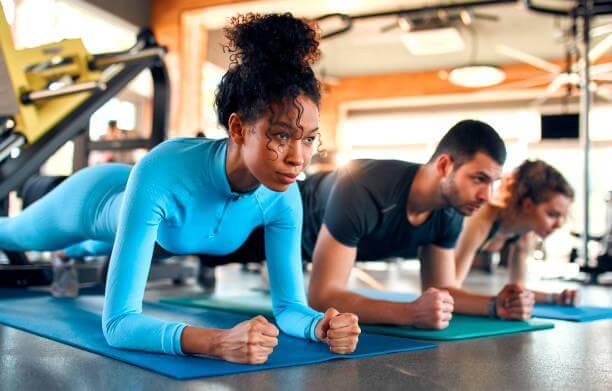
Commonly-Used Sportswear Fabric – Nylon
Nylon is no new material to the fabric industry. Being a commonly used, as well as one of the best fabrics for sportswear, its properties are outstanding and worth investing in, when choosing fabric for your brand. This section will discuss in detail the benefits, limitations as well as applications helping you understand the fabric better.
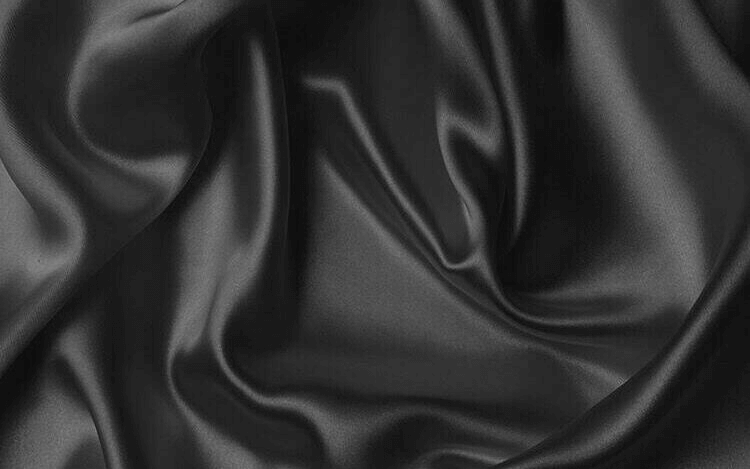
Benefits
❖ Strong
The strength of nylon fabric is undeniable. From being sturdier to making sportswear fabric last longer, it is a good choice to add to your fabric choices, when making bulk purchases for your sportswear collection.
❖ Elastic
The elasticity of nylon is one of its strong bragging rights and a big deal in the athletic wear fabric industry. Active sportswear fabric types(learn: 10 Types of Cotton Fabric for Sportswear) should always be able to go back to shape after a stretch, and should not easily slack.
❖ Abrasion-Resistant
Nylon is a highly abrasion-resistant material, allowing for longer use before change or mending is needed. Using this fabric helps ensure your clients get quality and longer life span of clothing items chosen from your store.
❖ Moisture-Wicking
Nylon is one of the best moisture-wicking fabrics out there making it an excellent piece for active sportswear fabric. This is a commonly used fabric especially in a high ratio when combined with other fabrics.
Keeping your body as dry as possible is a feature your products should have as an activewear brand.
Limitations
❖ Less Breathable
Polyester, cotton, mesh, etc., are all more breathable alternatives, making nylon not particularly a first choice. However, a combination of them will give a perfect blend.
❖ Prone to Pilling
After a while of active use, nylon as well as other fabrics which do not absorb water tend to go through what is known as piling. This occurs when the individual fibers are now weak and become loose, causing them to form tiny balls.
However, there are methods available to reduce or avoid pilling.
Suitable Occasions
❖ Hiking
Hiking is one activity that you need all the flexibility and comfort you can get. As a reputable brand that has the interest of its customers at heart, you want to provide your customers who love to hike with this option. It is durable enough while allowing for ease of movement.

❖ Climbing
Climbing involves strenuous walks, jumps, and even jogs all of which result in sweating is a challenge that can be reduced by activewear with nylon. The highly penetrable fabric allows cool air during this exercise, helping stay as cool as possible outdoors. This is a target market to which you should add nylon fabrics.
❖ Yoga
Yoga can have you bending in directions you didn’t think was possible, and having sportswear fabric types that come back to shape after a stretch is exactly what your yoga market needs. It is soft, so it feels good on the skin and covers a wide range of clothing types from tops to bottoms your brand may need.
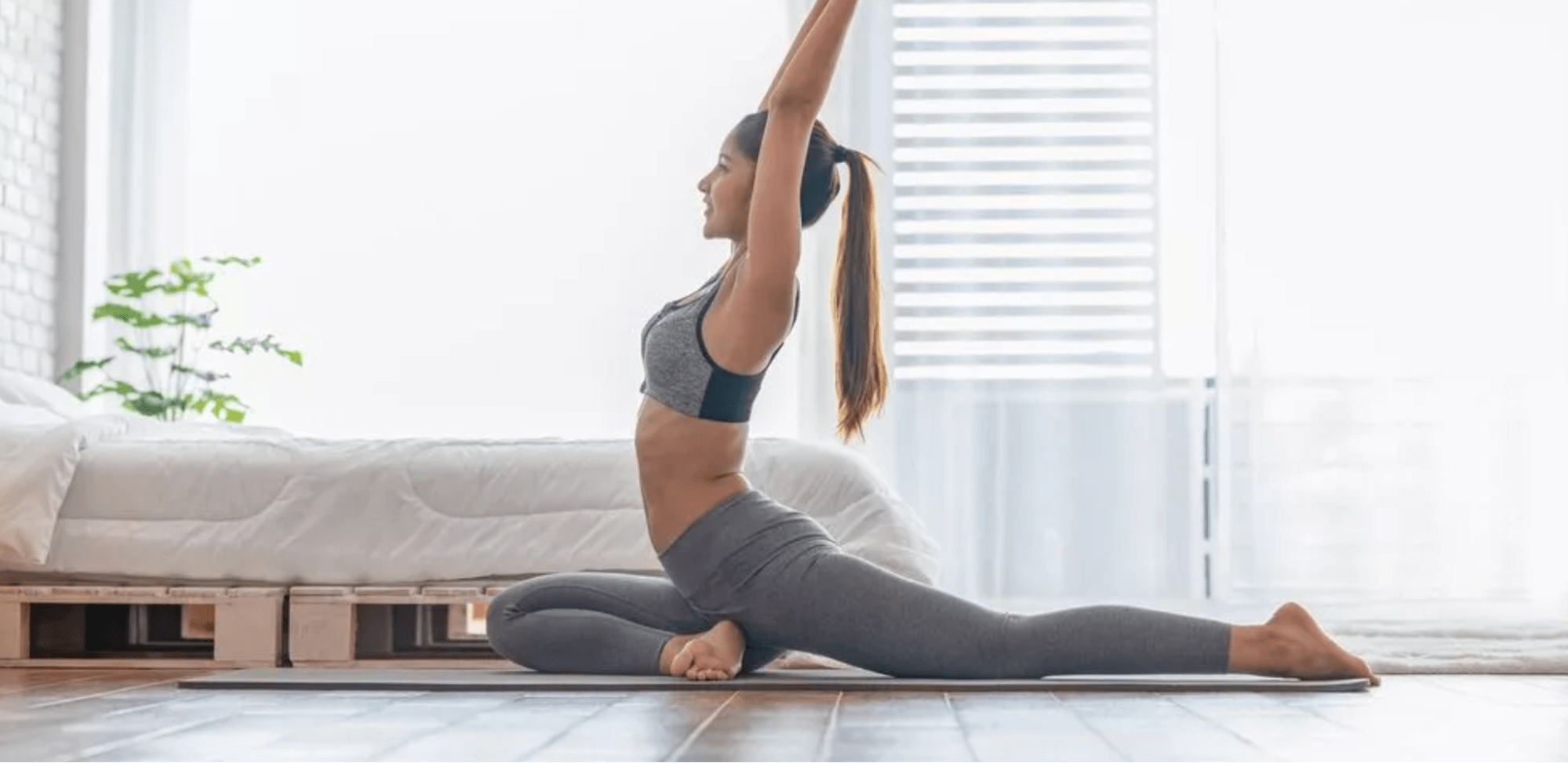
Common Sportswear Fabric Type – Mesh
Mesh isn’t left out of the numerous fabrics available and the best fabric for sportswear. The carefully woven material which can be processed in various variations and combinations with other materials is quite an interesting choice.
Some of its benefits, limitations, and applications are discussed below so keep reading.
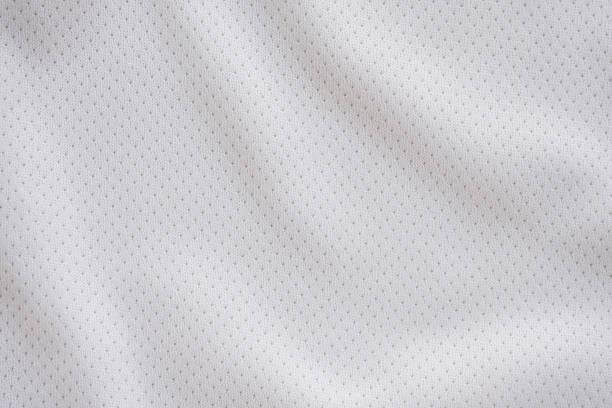
Benefits
❖ Breathable
Mesh fabrics by manufacturing are knit with even spaces, so there’s no question about breathability. These tiny holes can be knit to have different holes and shapes, spaced according to specifications, and its application in the activewear industry utilizes this property effectively in making breathable active sportswear your end users will enjoy.
❖ Lightweight
Another jackpot on mesh fabrics is how the knitting technique allows for it to be incredibly lightweight. These materials make for ideal sportswear that keeps feeling free. Making it an ideal fabric, as clients don’t want sportswear that are heavy.
❖ Quick-Drying
From sweat during exercise, washing, or even rain, the mesh fabrics are fast drying. You want a fabric your users don’t see as too much hassle, and the fast moisture-wicking material will do just that for you. It is also no hassle to clean, hence a good option for active wear.
Limitations
❖ Less Insulated
While the nature of the knit may be one of its most practical features as activewear, it may also be one of its greatest flaws. The mesh material is poorly insulated, meaning it isn’t ideal for strong weather. It can’t be used in cold seasons, or in environments with harsh weather conditions.
❖ Prone to Snagging
Unavoidably, the mesh fabric is prone to snagging due to the openings. The usual pulls or thugs at different edges can cause severe damage in the case of mesh fabrics, unlike other fabrics. This may be a huge no to clients who are looking for something more long-lasting.
Suitable Occasions
❖ Running
For rigorous exercises like running, the mesh material is an all-around best. From the breathability of the fabric, sweat-wicking ability, and fashionable look the list can go on and on. People need running fabrics that will allow for air, as well as drying off of sweat to ensure they remain comfortable throughout the exercise.
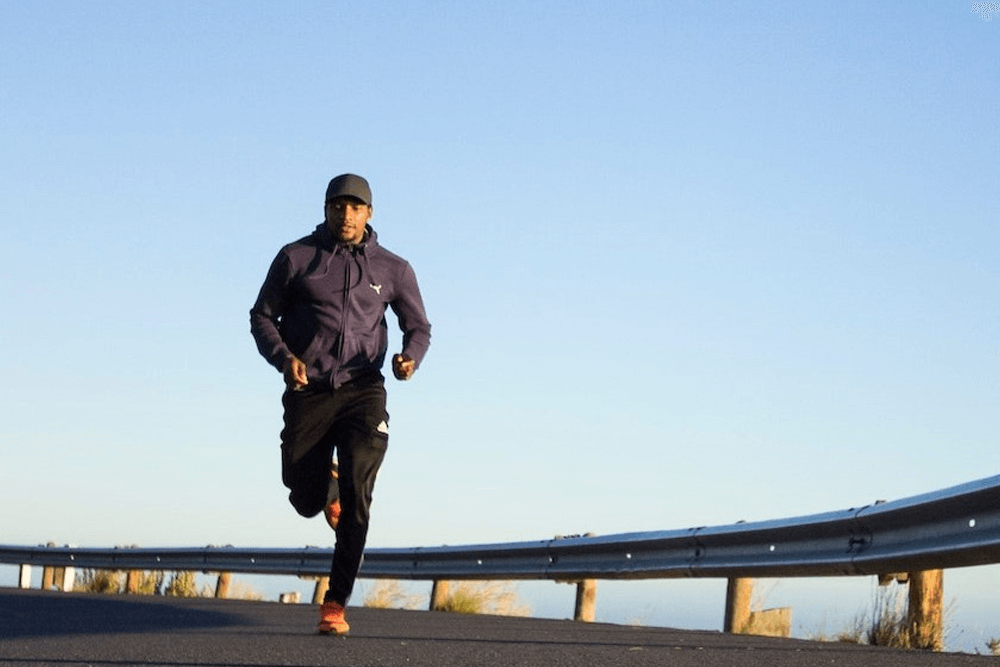
❖ Sports Involving Heat and Sweat
Sporting exercises more often than not typically involve heat and sweat. However, for more intense exercises where sweating is expected like running, weight lifting, etc mesh fabrics are a good option.
Commonly-Used Sportswear Fabric – Bamboo
Bamboo is an excellent eco-friendly, super soft, sweat-wicking, natural fiber fabric that screams elegance and class. It has a lot of benefits as well as processing opportunities making it a must-add when shopping for fabrics for your activewear brand. Keep reading to learn more about it in this section.
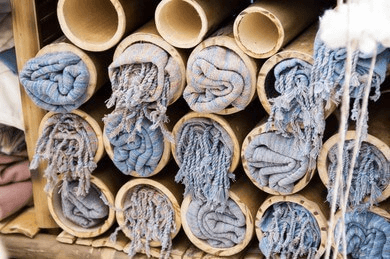
Benefits
❖ Soft
The soft texture of bamboo is one attribute you don’t want to pass up having in your collection. But it doesn’t end there, as it also has hypoallergenic properties, meaning it doesn’t react to the skin or cause allergies. The super-soft fabric guarantees comfort and is suitable for a wide range of audiences.
❖ Breathable
With air easily passing through the fabric, there are little to no worries about how comfortable the bamboo fabric is as an athletic wear fabric. This would help to ensure the flow of air from the body and the surrounding. It can be worn repeatedly without fading and is easy to maintain.
❖ Antimicrobial
It mitigates microbial growth as much as possible, making it a safe healthy option. Adding to the mix is its ability to repel odor, and wick away moisture. All of which are important qualities for commonly used sportswear fabric.
❖ Eco-Friendly
Natural fabric probably has one of its greatest perks as being environmentally friendly. While this may make it slightly more expensive, it puts it at an edge above other fabrics. Selling sportswear made from environmentally friendly fabrics can help promote corporate values.
Limitations
❖ Requiring Special Care During Washing
Unlike other materials you can easily throw into the washing machine and that does it, bamboo materials can be a little extra when it comes to washing. Having to read labels for specific directions, washing with warm water, and specific detergents may not be a hassle your end users want to go through.
❖ More Expensive
As expected, with the bamboo fabric being naturally sourced, and delicate processing procedures, it is a bit on the expensive side. For this reason, it is most likely not the first choice of a consumer that is just looking for something comfortable enough to work out in.
Suitable Occasions
❖ Casual Wear
In making casual wear, it’s safe to say bamboo materials fit comfortably in this category. The feel on the skin, the breathability in cool environments, and the hypoallergenic makes it suitable to be worn for long hours.
❖ Pilates
Bamboo wears are also good for pilates exercises. They are flexible and comfortable enough to allow you to move however you want. It is comfortable enough and has the right properties such as moisture-wicking, anti-bacterial, etc with no reason it isn’t perfect for pilates.
Common Workout Clothes Materials Type – Cotton
Cotton sportswear is a fabric material that has been around for probably the longest. With its signature comfort and breathability, it has made it a common choice for both sportswear and all-around clothing functions.
It is an excellent piece of fabric with a lot of processing options. Here are some of its benefits, limitations, and suitable occasions.

Benefits
❖ Comfortable
When it comes to comfort, cotton materials are easily number one in this category as the soft material is soothing to the skin. This comfort is what makes it vast in application, and suitable especially for cold weather keeping you warm and cozy.
❖ Breathable
The cotton fabric is known for its breathability allowing for all-year-round use. The easy-to-maintain fabric is a good material if you’re aiming for active wear materials that keep you cool and dry.
Limitations
❖ Hydrophilic
A hydrophilic material is a material that absorbs water and spreads it to its surrounding parts. It will leave whoever wears it wet all day and make them feel uncomfortable. This is not a good sight when they just want to work out.
❖ Slow-Drying
Cotton materials can absorb liquid multiple times their size which means all the sweat from the active exercise will remain on the fabric. It has no sweat-wicking ability.
Suitable Occasions
❖ Leisurewear
With athleisure being the new fashion, using cotton fabrics for them is a welcome development for your brand. The feel and look of cotton make it ideal to be fashioned into various styles, bringing your most creative design concepts to life.
Athleisure is the new trend and your brand should jump into it.
❖ Yoga
With yoga being a more relaxed, laid-back exercise cotton sportswear is a good fit. It offers the right blend of functionality while also looking stylish. Cotton is a good recommendation for a yoga fabric.
❖ Light Stretching Exercises
A line of cotton sportswear collections that are suitable for light stretching exercise is a worthy investment for your brand. This means you can utilize these cotton fabrics properly, while also responding to the needs of a target market of yours.
Work With a Reliable Workout Clothes Supplier – UGA
The best and smartest decision you can make for your brand as an activewear distributor is to ensure you work with a reliable manufacturer like UGA. With years in the business producing quality wears in all areas, UGA provides relentless business insights and support for brands in the activewear distribution industry.
UGA is the brand you need as your supplier and UGA will offer you the guide for everything you need to know about sportswear and activewear. And here are some reasons why.
A Wide Choice of High-Grade Materials
With ample years in this industry, UGA has been able to gather enough experience working with various fabrics.
If you’re yet to figure out the trick behind identifying, selecting, and combining the best fabric for sportswear, then rest assured that UGA is definitely the place to be.
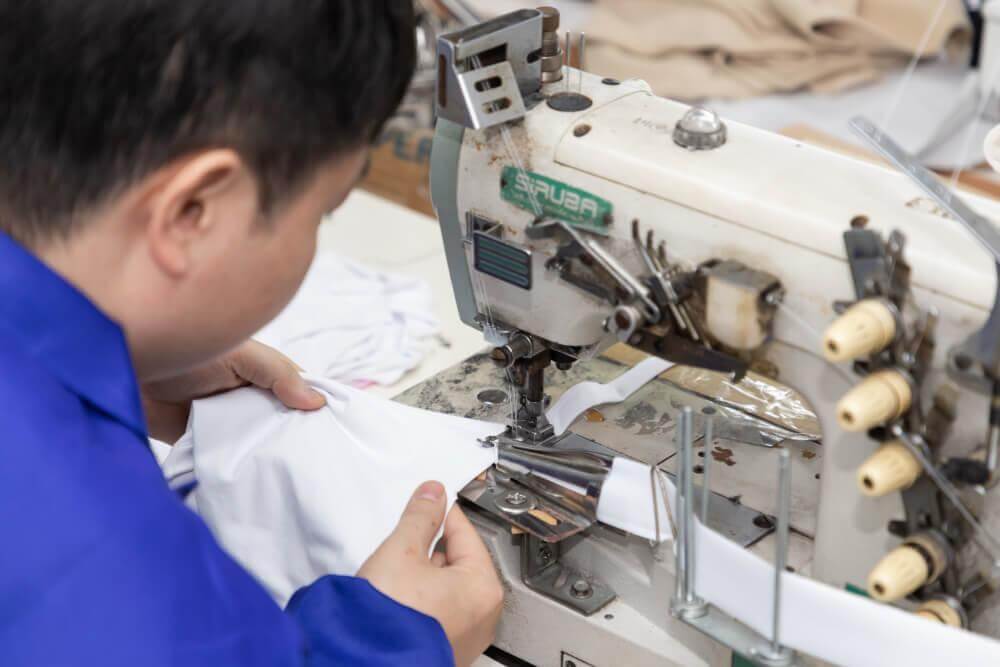
Personalized OEM & ODM
Our combined service of highly personalized OEM (Original Equipment Manufacturer) and ODM (Original Design Manufacturer) is one of a kind. With both services being paramount to activewear brand owners, it is important you get these services from a trusted brand like UGA.
While most brands will offer one of each of the above services, the UGA team has been able to build a complete team that handles from design conceptualization down to manufacturing, quality control, branding, labeling, and packaging, and doing it excellently well.
International Standards of “Intertek” and “BSCI”
With all necessary certifications and regulations met, there isn’t any concern when it comes to the quality of what you or your clients get.
With all of us at UGA’s strict alliance with these bodies set up to monitor and regulate proper manufacturing processes, you can only expect top quality from all products from us.
Conclusion
There’s no better investment for your business, than ensuring proper research before making decisions. We believe this article has provided you with valid information in making this decision, and also shown you why UGA is the best choice for you.
From providing quality material options to providing active teams to help guide you from conceptualization to actualization of all activewear (Learn: Activewear for Running in Winter: A Beginner’s Guide) fabric designs, branding, and packaging, there’s no place you would rather be.
As a brand owner, or if you’re intending to go into the activewear business, contacting UGA today is the best decision you would be making for your brand. Get a quote today, and you’ll be glad you did.

